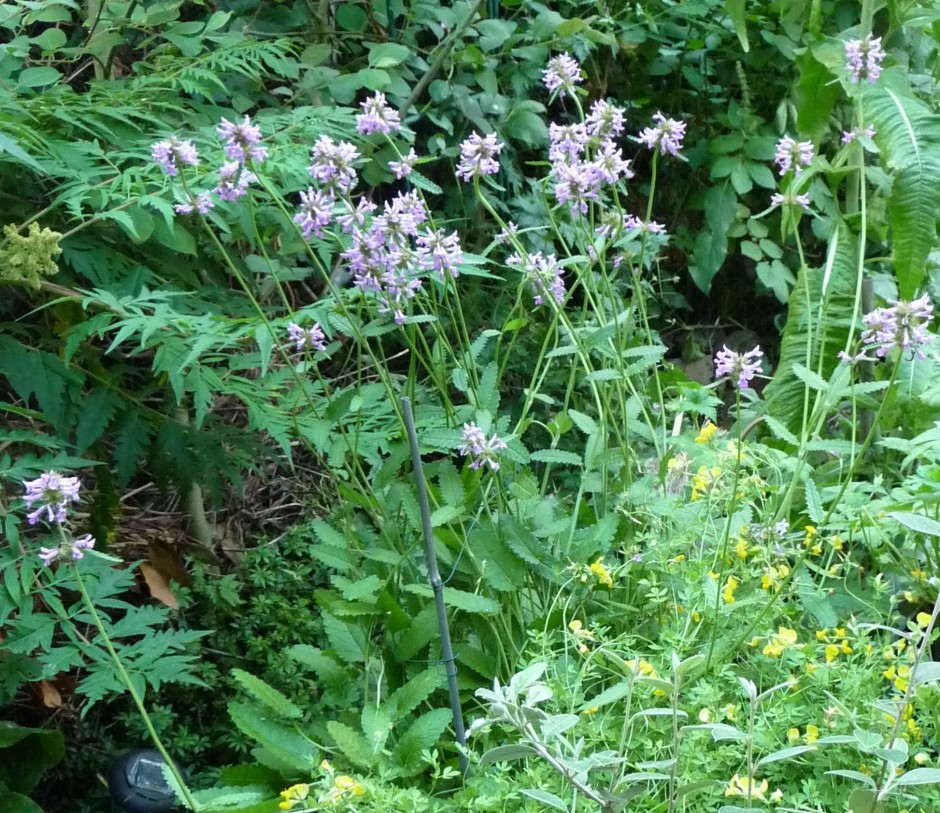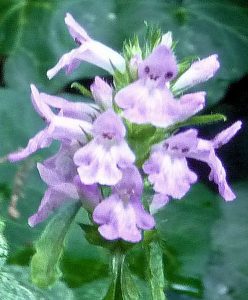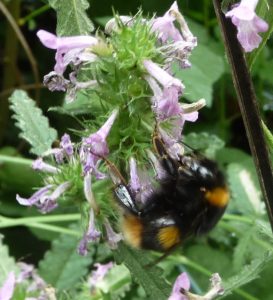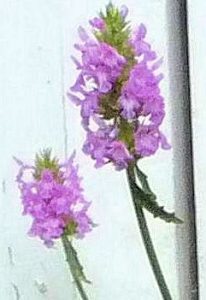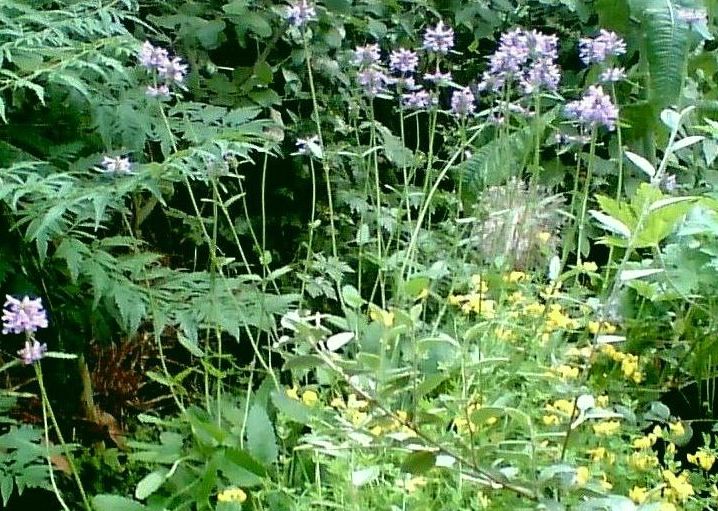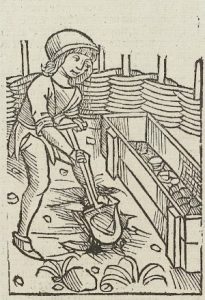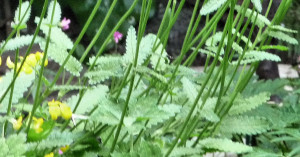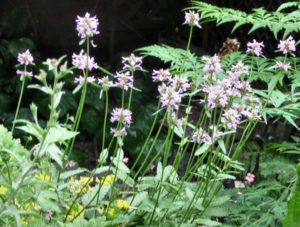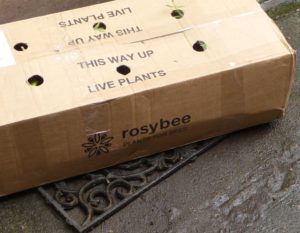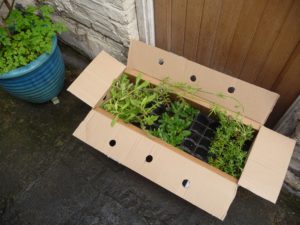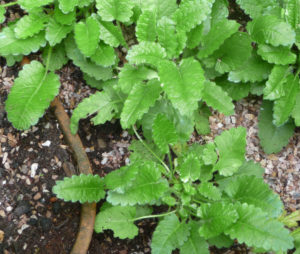BETONY (Stachys officinalis)
Europe, Asia to N Africa
Betony is a wildflower of meadows, open grasslands, hedge banks & woodland. This member of the mint family is a hardy perennial that adapts to well-drained soil, gravel gardens, sun or part shade.
The leaves of Stachys officinalis are oblong with toothed or scalloped edges. Most of them are at the base of the plant. Tall square stems, up to two feet in height, rise from these leaves, with small LAVENDER flowers appearing on the flowerheads in June. They bloom until September.
.
Bees’ Favourite.
Bees & many other pollinators, including the Brimstone Butterfly, visit Betony for its nectar. The UK Herb Society says it is especially good for bees & suggests it be placed near other plants which are in need of pollination. www.herbsociety.org.uk
Historical and Magical
“The Roman physician Antonius Musa claimed it was effective against sorcery. It was planted in churchyards to prevent activity by ghosts. The Anglo Saxon Herbal recommends its use to prevent ‘frightful nocturnal goblins & terrible sights and dreams’.
In Floriography, The Victorian Language of Flowers had Betony represented as ‘surprise’.
A Welsh charm prescribes: ‘to prevent dreaming, take the leaves of betony & hang about your neck, or else drink the juice on going to bed.”
Wikipedia
Medicinal
“A religious herb of the Celts, also native to temperate Europe and Algeria, and known to the ancient Egyptians…” “Grown in physic gardens of apothecaries and monasteries for medicinal purposes as well as churchyards to foil evil spirits who might be hanging around. …also worn about the neck as an amulet or charm to drive away devils and despair (probably quite common in the bleak Middle Ages.)”
Italian proverb: ‘Sell your coat and buy Betony’. http://earthnotes.tripod.com/betony.htm
“At betonye I wyll be-gynne,
That many vertewys hath hym with-inne…
Who so betonye on him bere
Fro wykked sperytes it will him were.”
Medical poem written about 1400
Plantlife
http://www.plantlife.org.uk/wild_plants/plant_species/betony
“…the decoction with wine gargled in the mouth easeth the toothache…. It is a cure for the bites of mad dogs…. A dram of the powder taken with a little honey in some vinegar is good for refreshing those that are wearied by travel. It stayeth bleeding at the nose and mouth, and helpeth those that spit blood, and is good for those that have a rupture and are bruised.” Gerard
This was once an incredibly popular herb, and used for curing anything and everything you can think of – including a few extras like fear, ‘violent blood’, and ‘chilly need’. English Heritage / What to grow in a Medieval Herb Garden / Mozilla Firefox
‘
“Wood Betony was used as a medicinal plant in the treatment of a wide range of disorders, especially as a tonic for treating maladies of the head and as an external application to wounds. It stimulates the digestive system & the liver…is taken in the treatment of ‘frayed nerves’, pre-menstrual complaints, poor memory & tension. … & is taken with other herbs to treat sinus headaches & congestion. A homeopathic remedy made from the fresh plant is used in the treatment of asthma & excessive perspiration.” Plants For a Future . http://www.pfaf.org/user/Plant.aspx?LatinName=Stachys+officinalis
Stachys officinalis was used in herbal tobacco, teas, and snuff, such as Rowley’s British Herb Snuff. A poultice, made from its leaves, was used on wounds, bites and poisonous stings, and it was inhaled to treat bronchitis.
Other names: Betoine (French), Betoneca (Italian), Betonica, Betonie (Dutch), Betonien (German), Bretonia (Spanish), Bishop’s Elder, Bishopswort, Bitny, Common Hedgenettle, Epiaire officinalis, Epiaire vulgaire, Hairy Nettle, Heal-all, Hedgenettle, Lamb’s Ears, Lousewort, Purple Betony, Self-heal, Spiked Betony, Stachys betonica, St Bride’s Comb, Tabac des Gardes, Vettonica, Wild Hop, Wood Betony, Woundwort
In spring we ordered some Betony from rosybee, a bee-friendly supplier in Oxfordshire.
Read about rosybee on their website: www.rosybee.com http://www.rosybee.com/blog/
“At rosybee we supply plants that we know will be good for bees because we have grown them and observed how the pollinators interact with them. We don’t make any big claims about being organic because it is fundamental to our ethos; there is not much point in trying to help one bit of the environment and damaging another in the process.
*only use peat-free compost; *organic, seaweed-based plant food; *capture rainwater from the polytunnel roof to provide 90% of our water needs; *minimise use of fuel by only providing heat when it is freezing outside or for specific young plants; *no bug-spray but we do occasionally use a minor amount of anti-fungal.
Construction is complete at rosybee but we have been very careful to minimise the use of concrete and to use recycled crushed concrete and road planings for all of our track and hard-standing areas.”
See the talking with bees blog :
http://www.talkingwithbees.com/beekeeping/bee-friendly-plants
